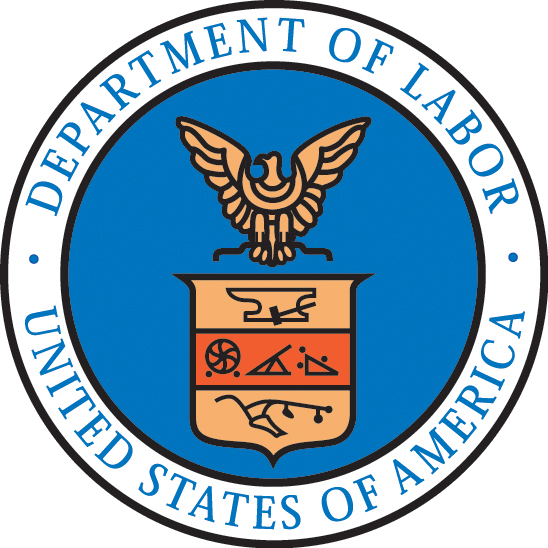Electric Power Generation, Transmission and Distribution Standard

April 11, 2014 – Department of Labor
OSHA announces that the final rule revising standards for electric power generation, transmission and distribution has been published in the Federal Register.
WASHINGTON – The Occupational Safety and Health Administration today announced that the final rule to improve workplace safety and health for workers performing electric power generation, transmission and distribution work has been published in the Federal Register.
The final rule revises OSHA's 40-year-old construction standard for electric power line work to make it more consistent with the corresponding general industry standard and also makes some revisions to the construction and general industry requirements. In addition, the standards adopt revised approach-distance requirements and add new requirements to protect workers from electric arcs. General industry and construction standards for electrical protective equipment are also revised under the final rule.
The rule becomes effective July 10, 2014. OSHA adopted delayed compliance deadlines for certain requirements. Additional information on the final rule is available at https://www.osha.gov/dsg/power_generation/.
Under the Occupational Safety and Health Act of 1970, employers are responsible for providing safe and healthful workplaces for their employees. OSHA's role is to ensure these conditions for America's working men and women by setting and enforcing standards, and providing training, education and assistance. For more information, visit https://www.osha.gov.
The long-overdue final rule updating a 40-year-old standard will save nearly 20 lives and prevent 118 serious injuries annually. Electric utilities, electrical contractors, and labor organizations have long championed these much needed measures to better protect the men and women who work on or near electrical power lines.
Dr. David Michaels Assistant Secretary of Labor for Occupational Safety and Health
In Brief:
OSHA is revising the construction standard for electric power line work to make it more consistent with the corresponding general industry standard and is also making some revisions to both the construction and general industry requirements. Here are some examples of the types of injuries and fatalities the standard will prevent:
- As an electric utility worker was installing replacement batteries in a substation, an electrical fault occurred when a battery cable fell onto the terminals on one of the installed batteries. The ensuing electric arc severely burned and melted his rubber insulating gloves. He sustained second- and third-degree burns, requiring several surgeries, as well as multi-day hospitalization. See incident report.
- A power line worker descending a utility pole fell about 10 meters to the ground when his pole climbers cut out. He sustained fractured ribs, fractured pelvis, fractured legs, and internal injuries and was hospitalized for 14 days. See incident report.
- While a power line worker was moving his aerial lift platform away from a utility pole after completing repairs, a tractor-trailer struck the aerial lift truck, ejecting the worker from the platform. He died of injuries sustained in the fall. See incident report.
The final rule includes new or revised requirements for fall protection, minimum approach distances, and arc-flash protection, and for host employers and contract employers to exchange safety-related information. The final rule also includes requirements for electrical protective equipment.
The final rule became effective on July 10, 2014. However, OSHA adopted delayed compliance deadlines for certain requirements and established this temporary enforcement policy that was in effect through February 17, 2015. On February 13, 2015, OSHA, Edison Electric Institute, the Utility Line Clearance Coalition, and the Tree Care Industry Association signed an agreement [PDF*] resolving all legal challenges to the final rule. As part of that settlement, OSHA agreed to issue the following documents:
- Questions and Answers on the final rule HTML | PDF*
- A memorandum to OSHA field offices regarding enforcement of some of the fall protection requirements in the final rule HTML | PDF*
- A memorandum to OSHA field offices regarding enforcement dates and HTML | PDF*
- A memorandum to OSHA field offices clarifying the applicability of §1910.269 to line-clearance tree trimming. HTML | PDF*






